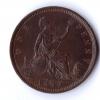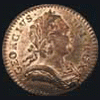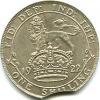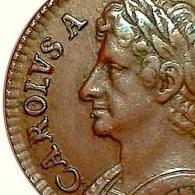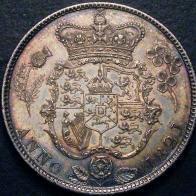If memory serves me right, up to about 2001, 1853 proof pennies were more expensive than their 39 counterparts. Then over the next few years the 53s lost value. I thought at the time this was mainly due to the fact that of the few examples until the late 2000's to come to market, there weren't any good ones that I spotted. eg Colin Adam's (Spink 2003) had a big spot in front of the bust, and I think that started a trend which has only been reversed in the last few years. Of course there may have been other reasons, eg first year of issue of Vic pennies and a proof-only date, but the 39 is about twice as common as the 53, so the 53 should hold it's own to say the least.
The 1841's are slightly heavier on thicker flans than most of the other proof pennies (that I've seen) so is a distinctive type. Sometimes people sell the no colon variety as a proof, but I don't know if the examples are 100% credible.
 Coinpublications.com
Coinpublications.com
